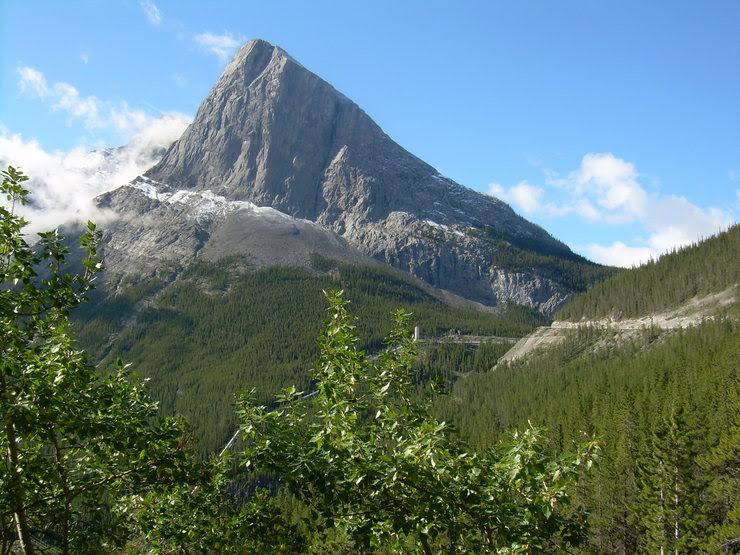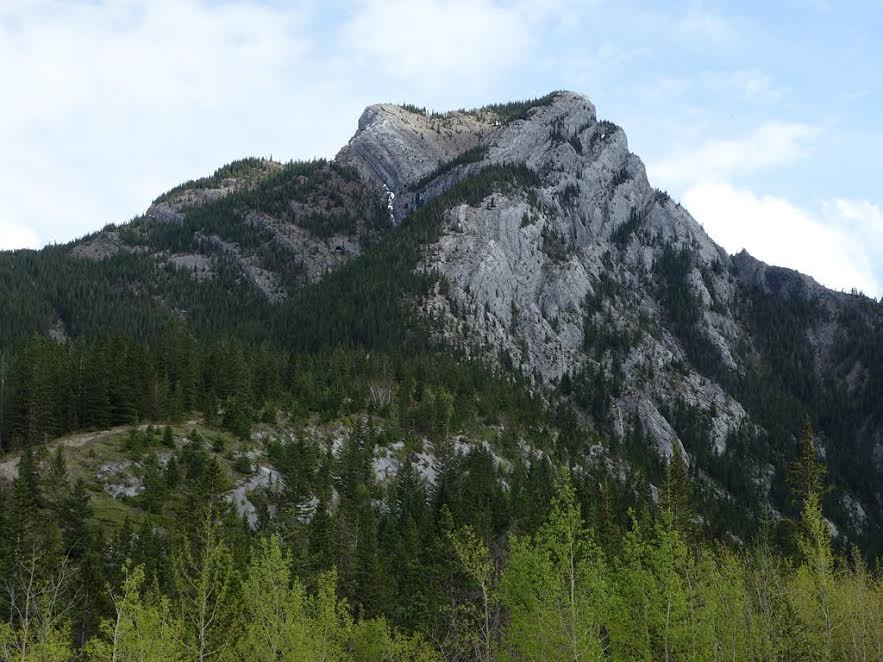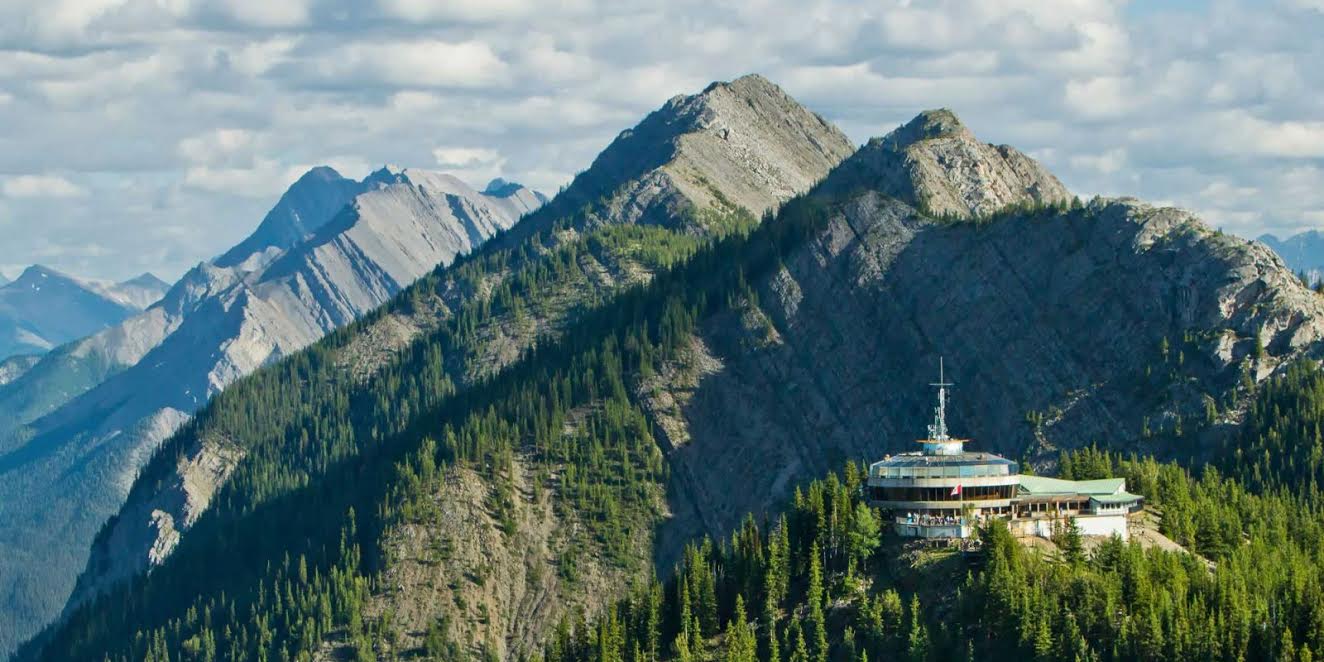Four Bow Valley peaks to test your fitness on
Running trails isn't just for the summer months. In late fall, the Bow Valley is filled with gems for runners to test their fitness and enjoy time in nature.

Originally published in Gripped magazine.
The Bow Valley runs from Yamnuska to Lake Louise along the Bow River. There are countless hikes that branch off from the Trans-Canada Highway. Some lead to the base of rock climbs and others to the tops of mountains. The following four are often done in a few hours by trail runners. These routes are great for a rest day or to get the blood pumping.
RELATED: Real experience: I fell into the Bow River and finished my 30K run
Yamnuska: One of the Rockies’ most iconic rock climbing areas is also one of Alberta’s most popular trail networks. The big parking lot can be overflowing with hundreds of cars on busy fall days. Between weekends, the trail can be quiet and makes for a great training circuit with over 11 kilometres with 900 metres of elevation gain. From the parking lot, take the trail to the fork at the top of a steep hill and then take the trail east. The trail winds up to the long shoulder that leads to the eastern edge of Yamnuska.
Follow the trail switchbacking up the back of the mountain to a steep section with fixed chains. Past the chains, you reach the summit and then head down the west slope to loop back around to the south side beneath the wall with over 100 routes up to 350 metres. Follow the trail along the base of the wall to the top of a scree slope with a number of lines down.
Head back across to the top of the hiker’s trail. This run can be done comfortably before lunch. Note: The trail can be slippery and muddy. Don’t underestimate the technical difficulties and layer up as the wind can be cold in the fall.

Heart Mountain Horseshoe: A classic close-to-the-road steep hike up an aesthetic peak that can be seen from the town of Exshaw. You gain over 900 metres and if you complete the horseshoe, you travel 11 kilometres. Park at the Heart Creek parking area about 15 minutes east of Canmore. Run along the trail parallel to the highway and then cross the creek and find the signed start to the trail.
A number of false summits take you to the proper top. From there, follow the trail east and then north back towards the highway. It can be comfortably done in a few couple car to car. Note: Heart Mountain does not get much snow until winter, but the trail can ice up on cool days so bring the winter running gear.
Ha Ling: Canmore’s popular multi-pitch wall with a number of classic routes has a fun trail on the south side. The trail can see hundreds of ascents on busy weekends, but during the week, there are often less than a dozen people at a time. The trail is narrow with steep sections but is considered easy. It doubles as the descent trail for all rock routes up the north face. Round-trip, the route is six kilometres and you gain 700 metres. Park at the Goat Creek parking area at the top of the big hill south of Canmore.

Sulphur Mountain: The best part of Sulphur Mountain is the gondola station at the top. After running almost six kilometres up the 650-metre mountain slope, you can take a free ride back to the base. It’s one of the most scenic gondola experiences in Banff Park. There are short ice routes and rock climbs near the summit station.
From the upper parking area at the gondola parking, run up the steep trail to gain the switchbacks. The path is not steep until the last 100 metres. It is often icy around the corners, but is kicked out early after snow fall. From the top station, you can take the boardwalk to the top of Sanson’s Peak for views of Mount Louis, Cascade Mountain and down the Bow Valley. Note: A park pass is required if doing any activity in Banff Park.


